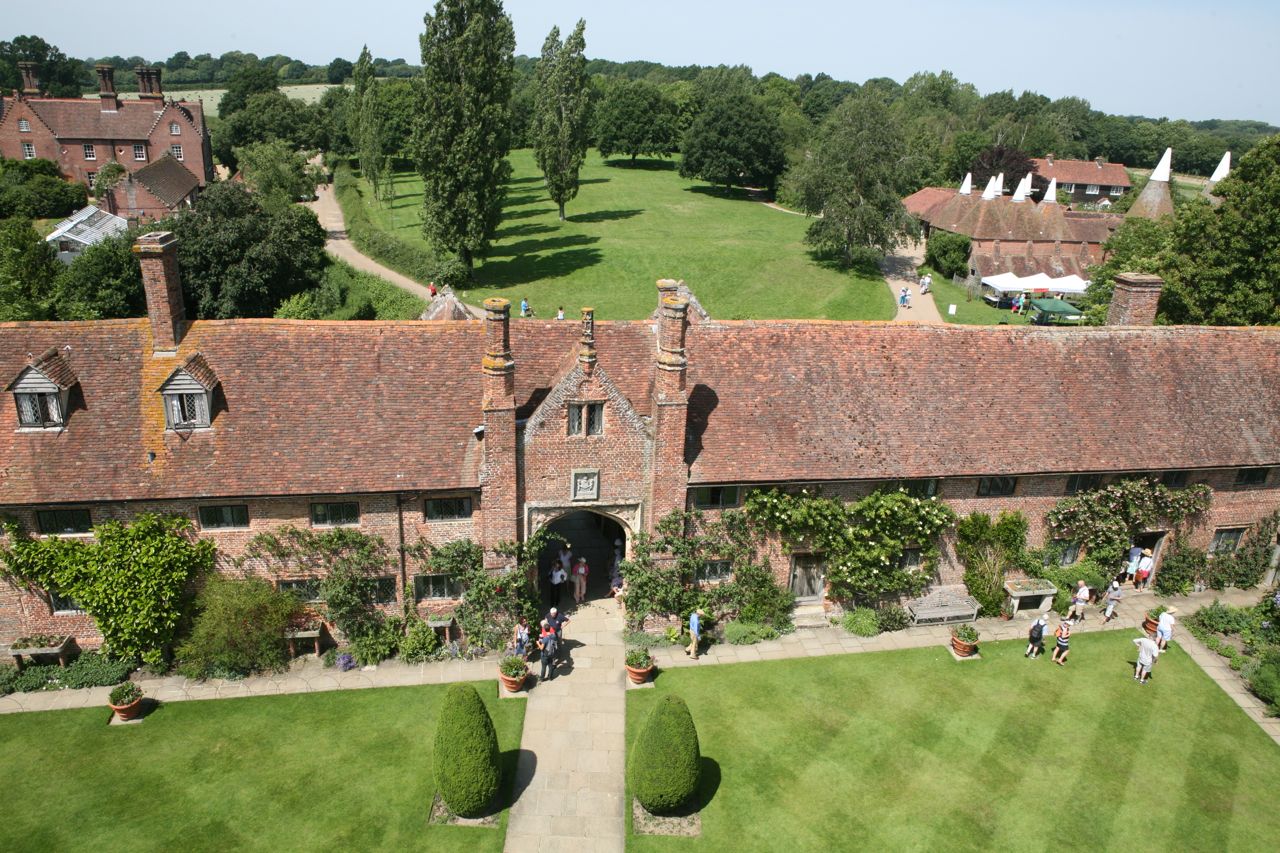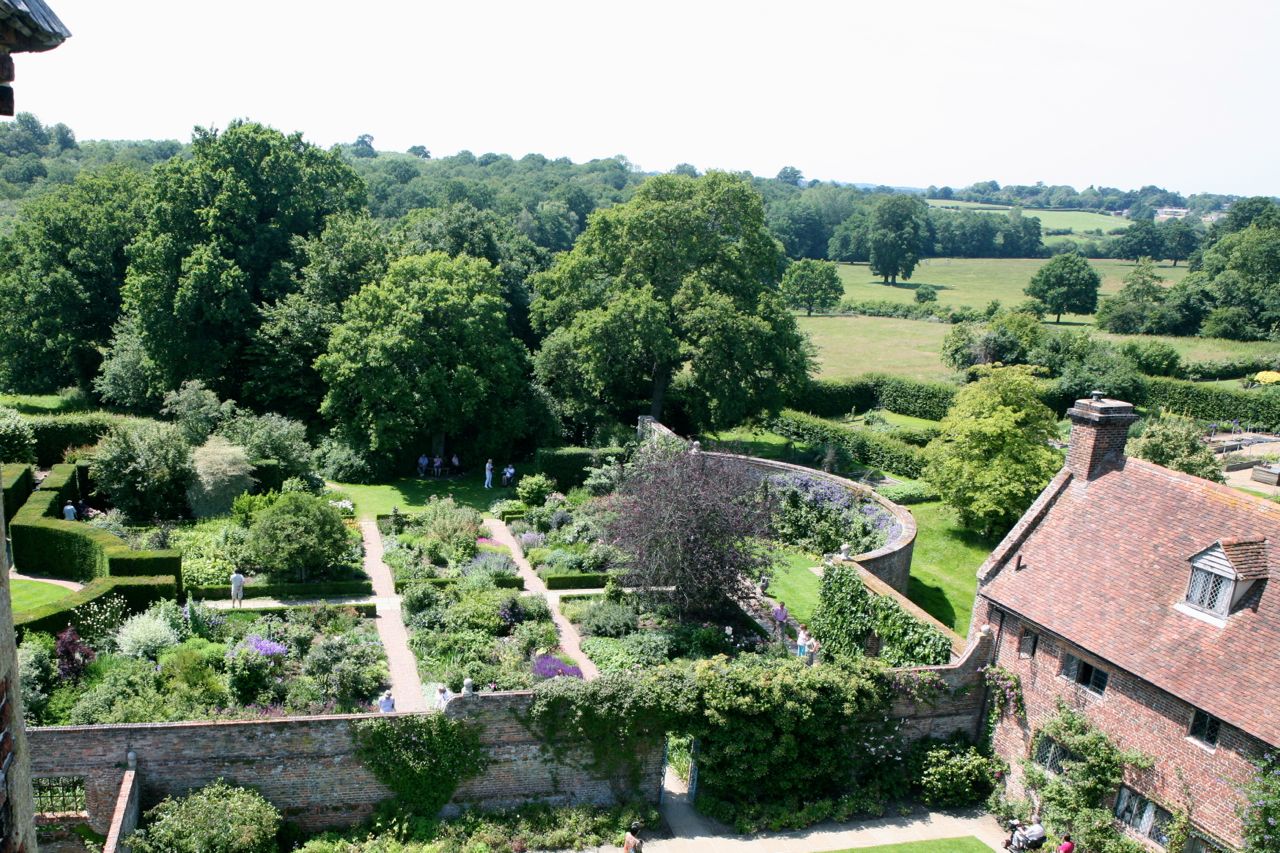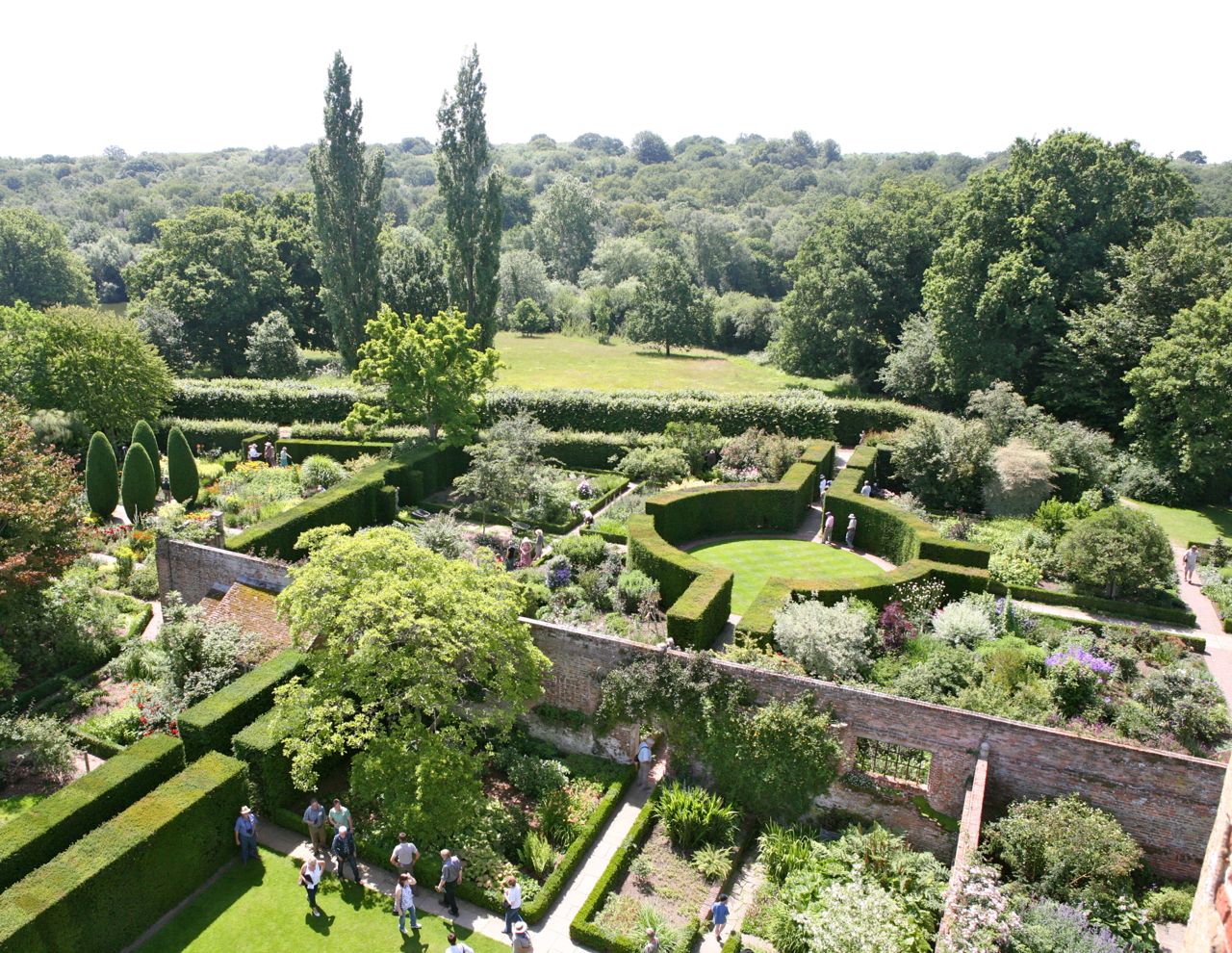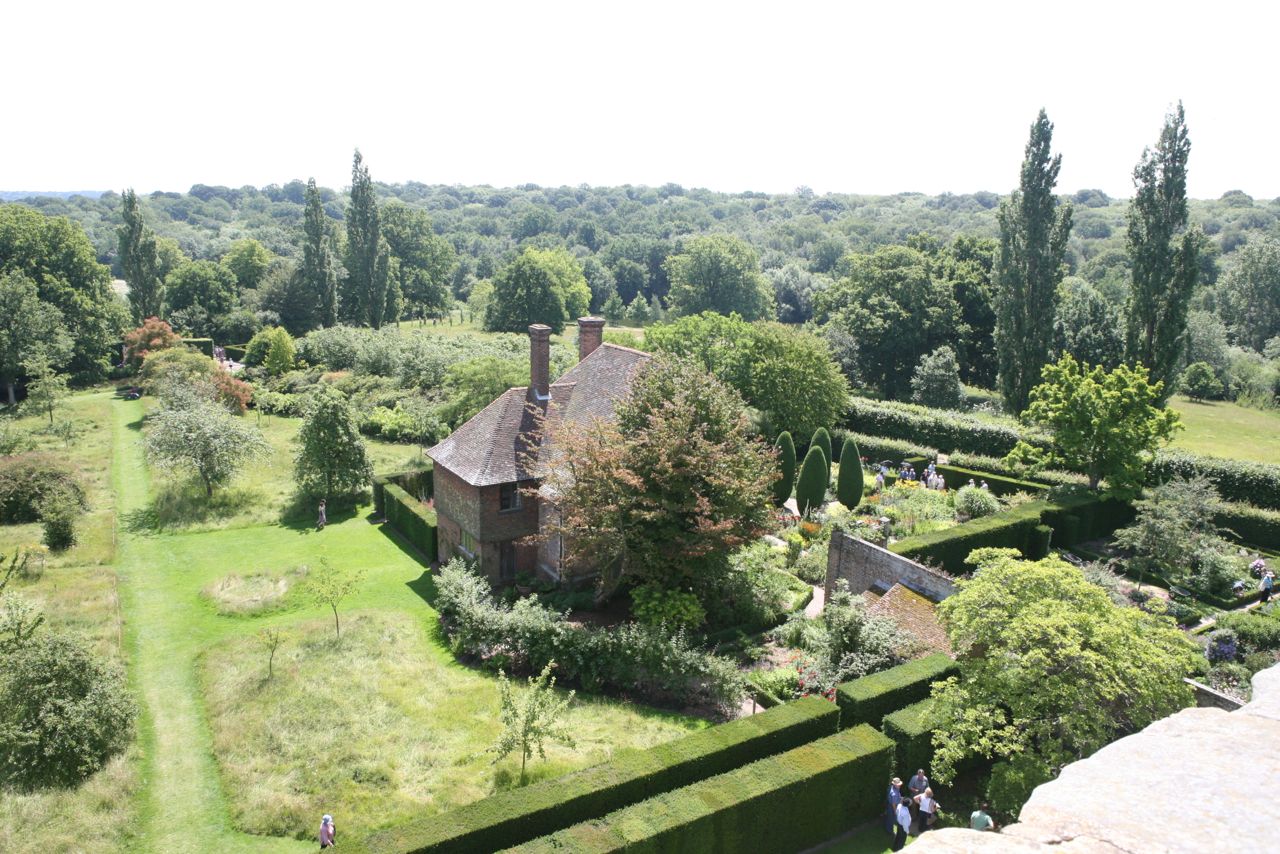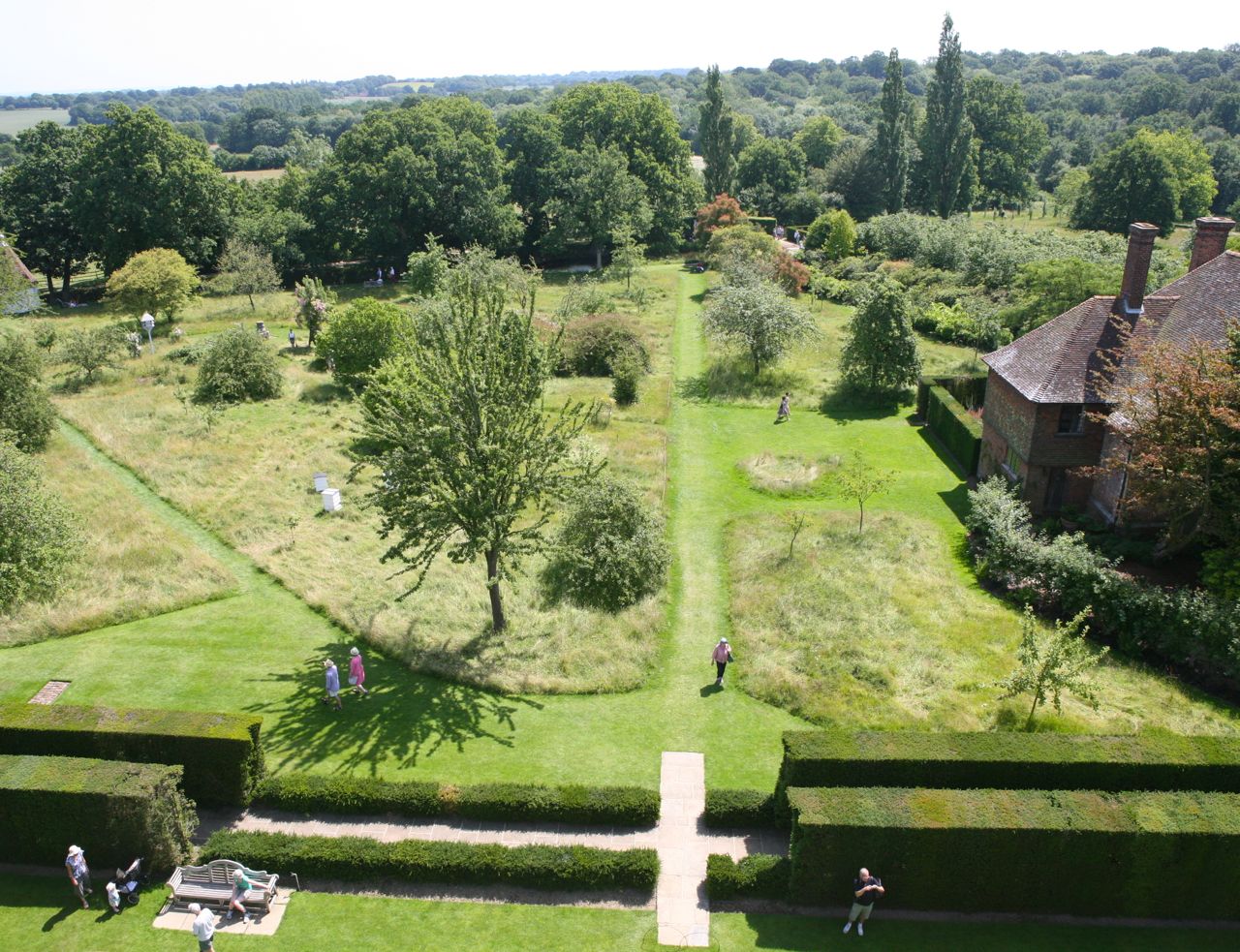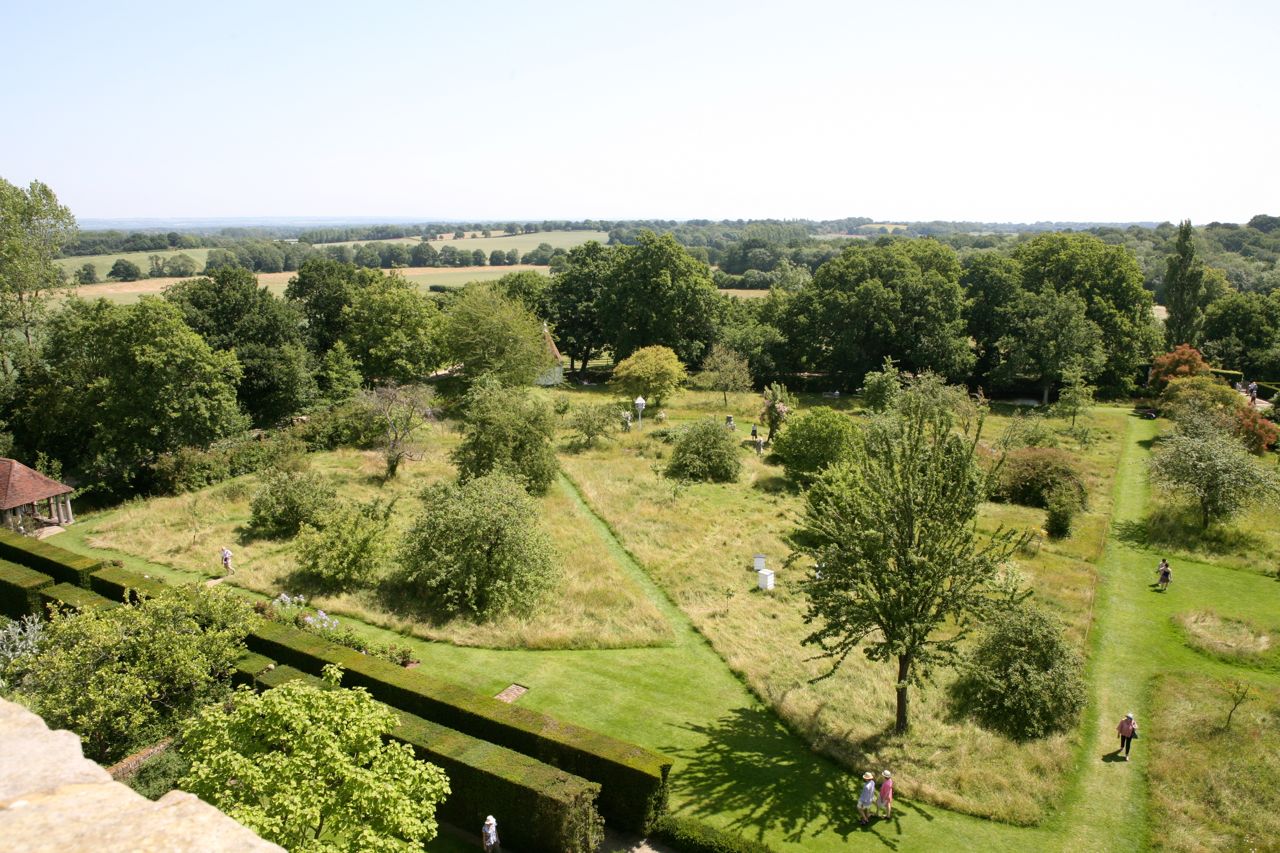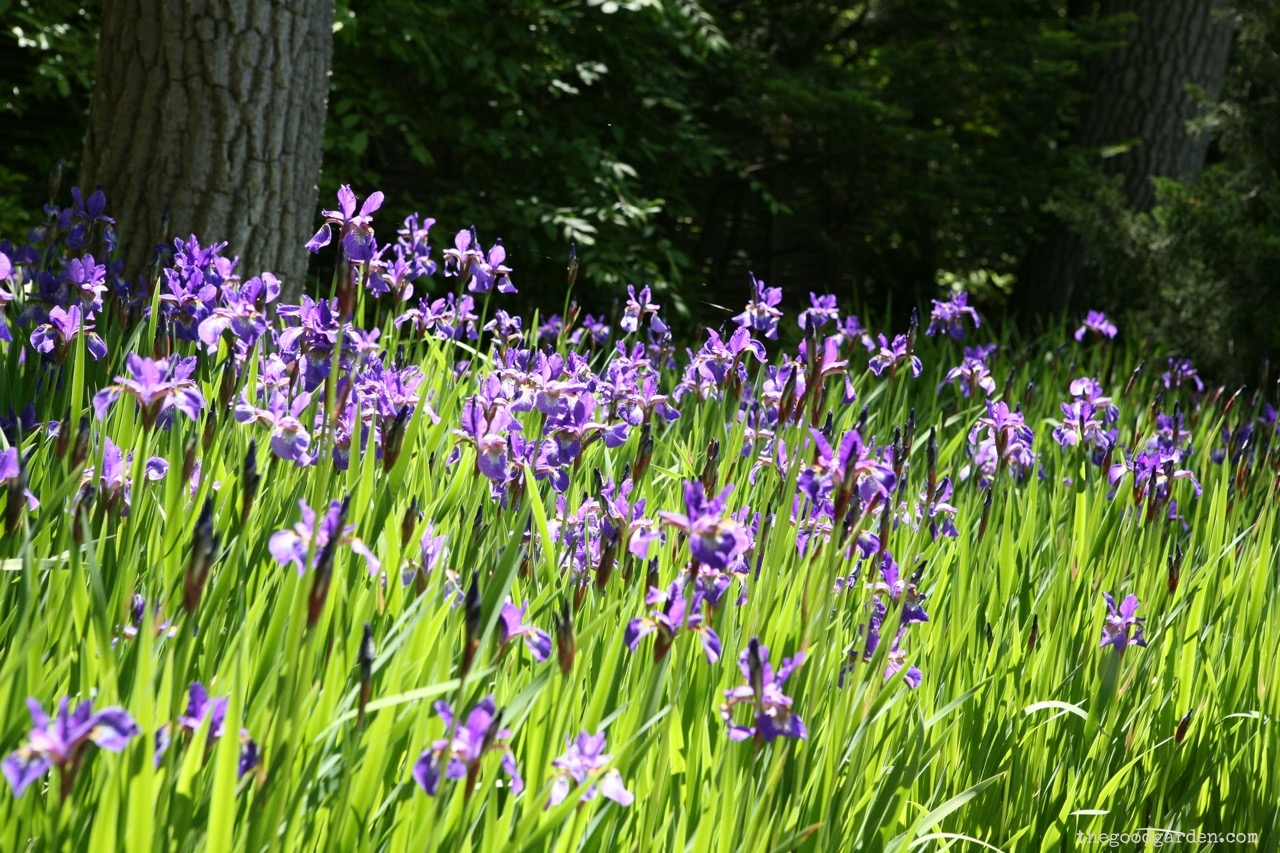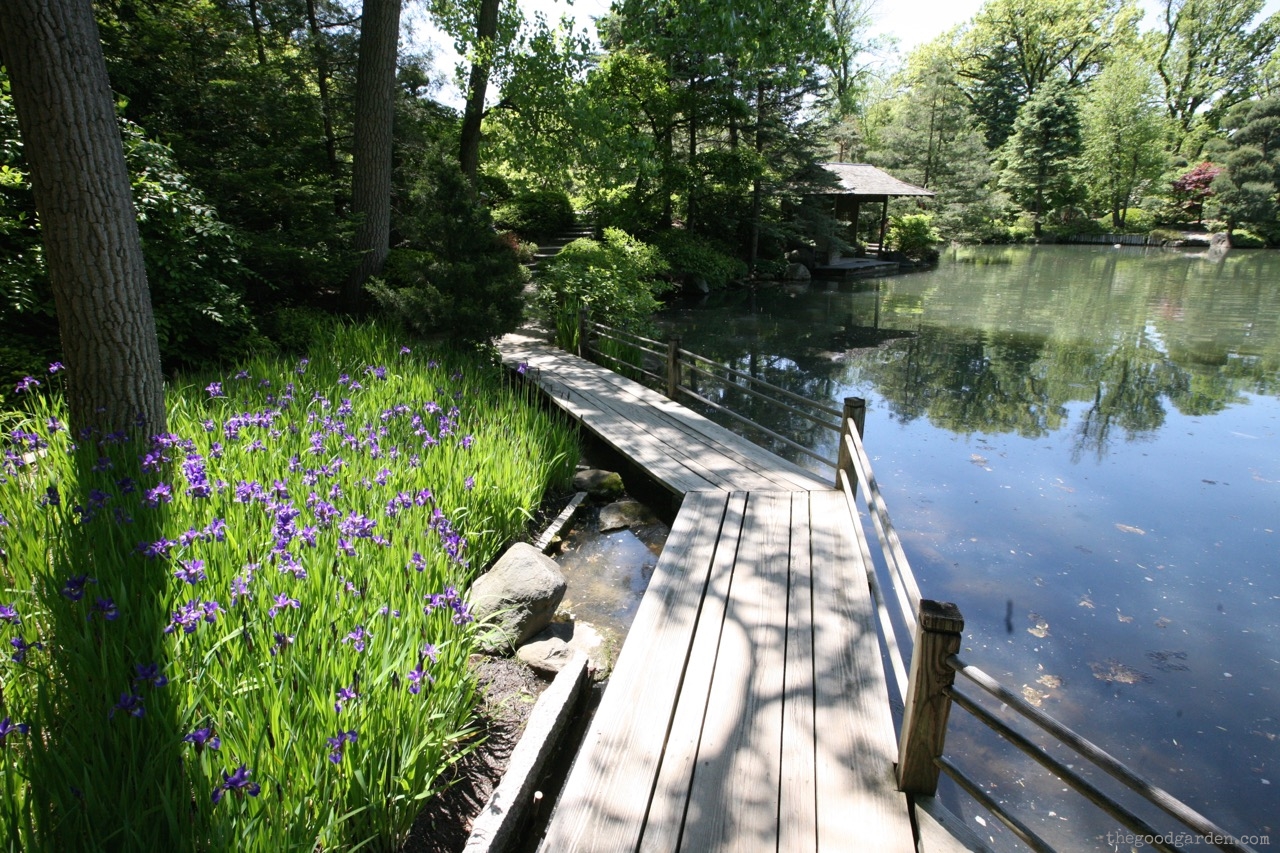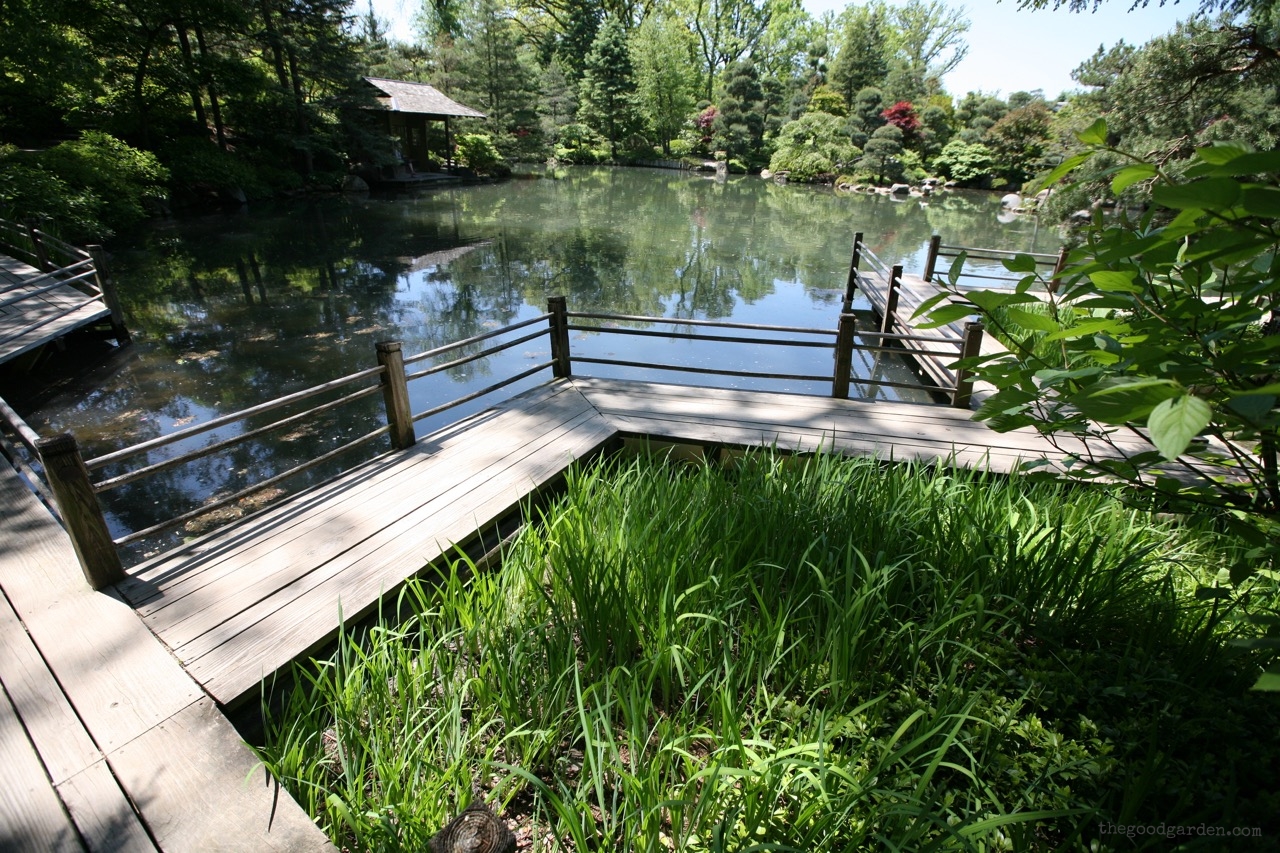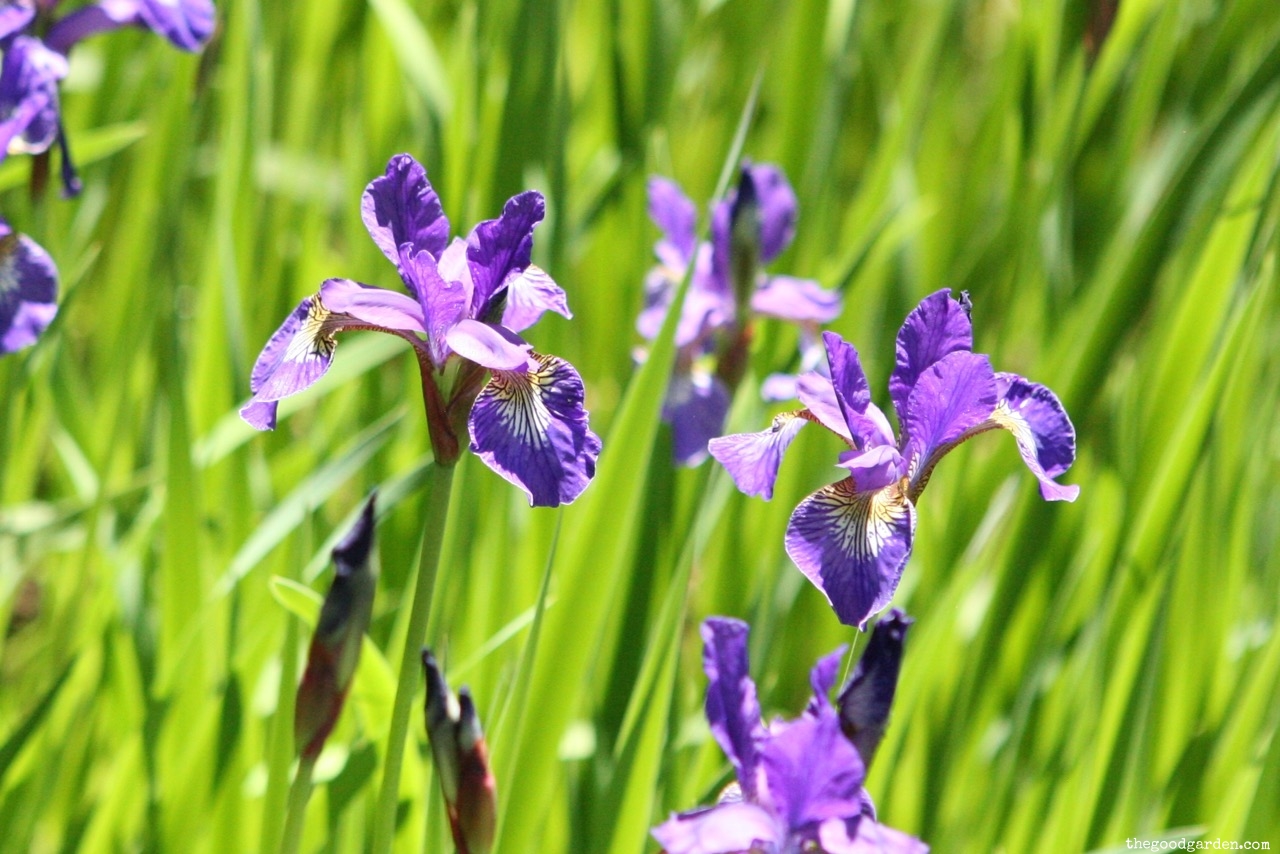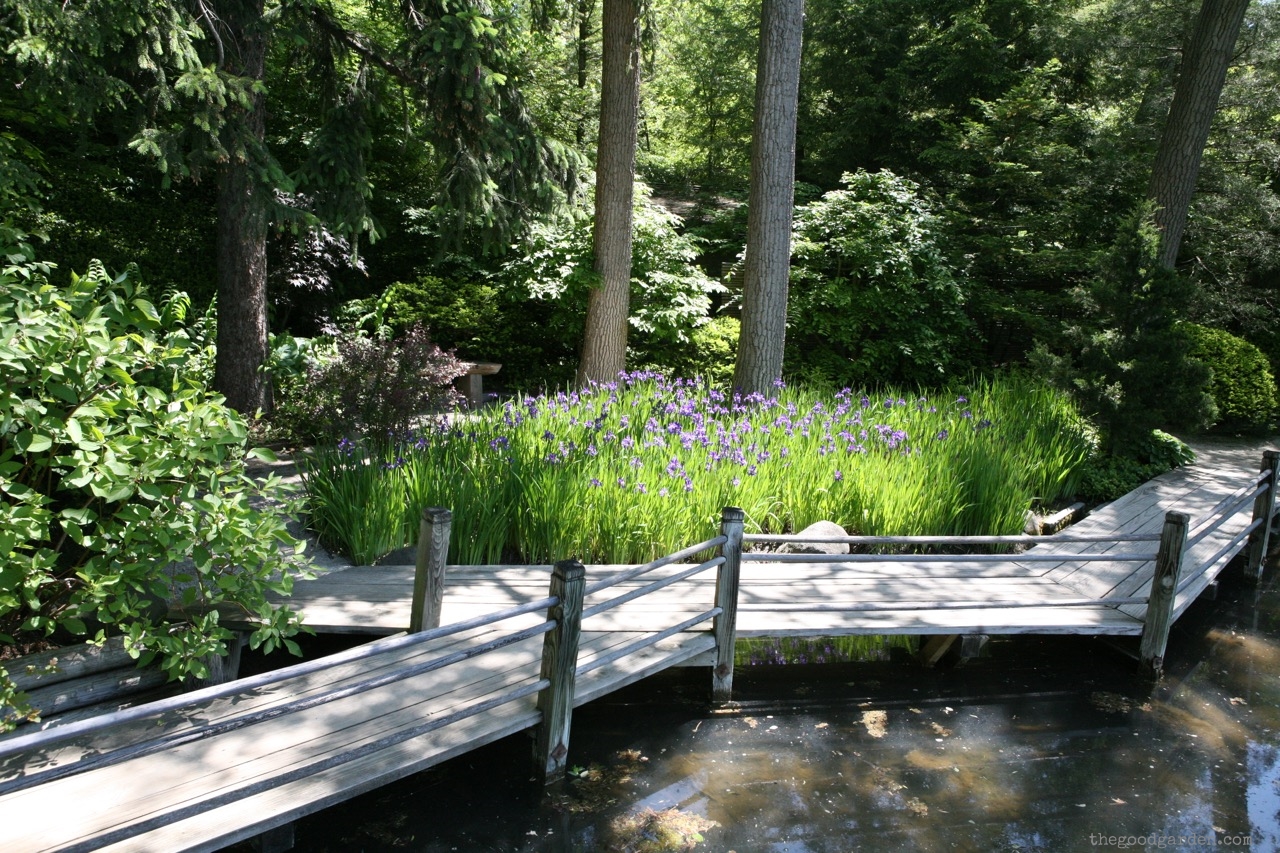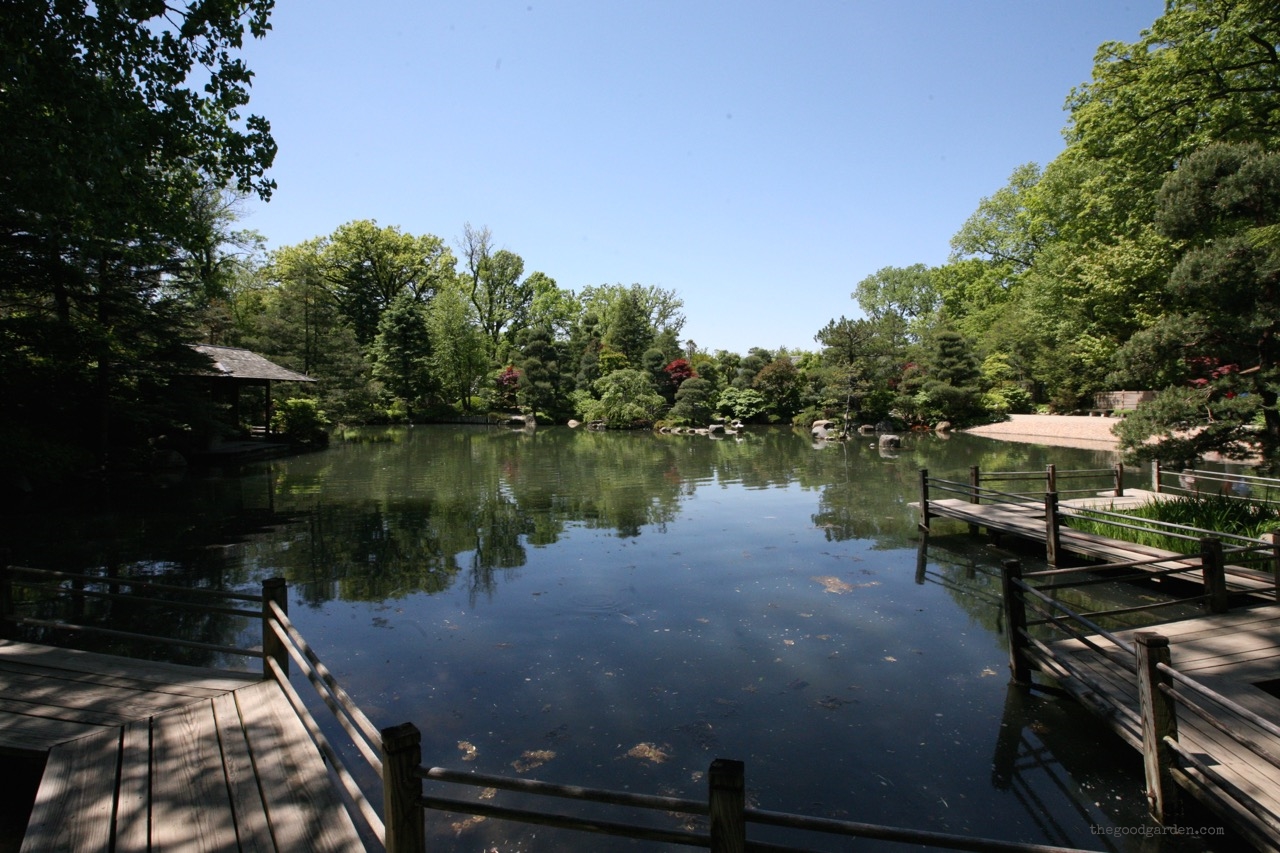Beatrix Farrand and Cubby, 1927
Beatrix Farrand Society Archives
Beatrix Farrand would have celebrated her birthday today, June 19, and so it seems like a good time to remember one of the greatest landscape designers.
During her fifty year career she designed hundreds of projects: private homes, universities, and botanic gardens. As a result of her accomplishments, she was one of original 11 founders of the American Society of Landscape Architects, and the only woman.
Farrand combined a scientific understanding of ecology and land management, with a strong aesthetic sensibility, and an appreciation for how humans interact with the landscape. Her gardens feel just right: a result of her design genius.
Among her signature elements are perfectly scaled garden spaces and the use of plant material to soften and hide building structures. She had a deep respect for mature and native trees. Of one of her most famous gardens, she wrote: “The whole arrangement surrounding Lover’s Lane Pool is, again, entirely controlled by the natural slopes of the ground and the desire to keep as many of the native trees as possible unhurt and undisturbed. The big walnut at the south end of the pool has been gracefully framed by the surrounding levels, and the pool itself so placed that it does not interfere with the roots of either the big silver maple to the north of the pool or the boundary trees to the east.” (from Farrand's Plant Book for Dumbarton Oaks, 1941)
Dumbarton Oaks. Washington, DC.
Her work can still be seen today: at private residences like Bellefield in New York, The Mount in Massachussetts, and Harkness Estate in Connecticut; at colleges like Princeton University in New Jersey, Yale University in Connecticut, and Occidental College in California; and in public gardens like the New York Botanical Garden and Santa Barbara Botanic Garden.
If you can get to only one of her gardens, make it Dumbarton Oaks in Washington, DC. This is where I first became aware of her work. My visit one June afternoon was serendipitous. The moment I passed through the orangery into the Green Garden, one of many garden rooms and spaces, I could feel her brilliance. She provides reassuring formal spaces, open naturalistic areas, and even works in a lovely orchard. Each space flows seamlessly into the next. And no detail is too small: the brick pattern of the Box Walk, finial designs that cascade down walls, the pattern at the back of a fountain, a small statue pointing the way through the garden. Even the steps leading to the herbaceous borders are designed to have planting pockets to soften the hardscape and add a sense of history.
The best part of this garden is that the design process plays out in letters between patron Mildred Bliss and Farrand. In a letter to Bliss, Sept 11, 1922, Farrand wrote about outdoor stairs: “…out of doors one cannot skimp on scale; therefore a tread 14 or 15 inches wide and a riser of not more than 6 or 6 1/2 inches is desirable. A skimpy tread of 12 in. which might serve inside a house looks very inadequate and mean in comparison with the outdoor scale.” For this post, I share photos from that first visit to Dumbarton Oaks. The visit was so unplanned that I didn’t even have a camera with me. These were taken with an old Blackberry that ran out of battery power about half way into my visit. (Remember the Blackberry? Note to self: always travel with a camera.)
While her gardens have inspired me, it is through her writing that I have connected to her the most. In her letters and books she freely shares what she’s learned, her intentions, and her disappointments. She’s that expert garden friend willing to share her wisdom. Much has been written about her garden design, but I encourage everyone to read her work to hear it directly from her.
Share your Farrand garden story with us.
See more Dumbarton Oaks garden stories. Learn more about Beatrix Farrand at The Cultural Landscape Foundation and through this Beatrix Farrand Society video.















